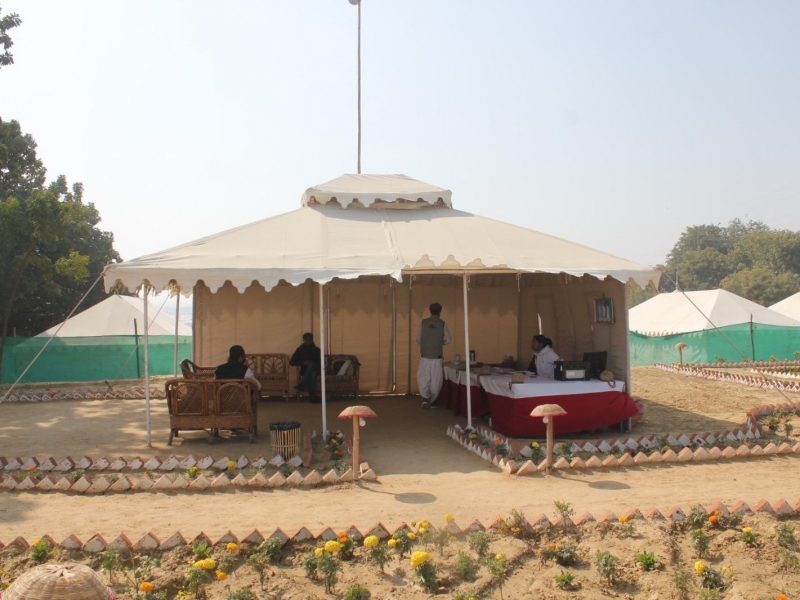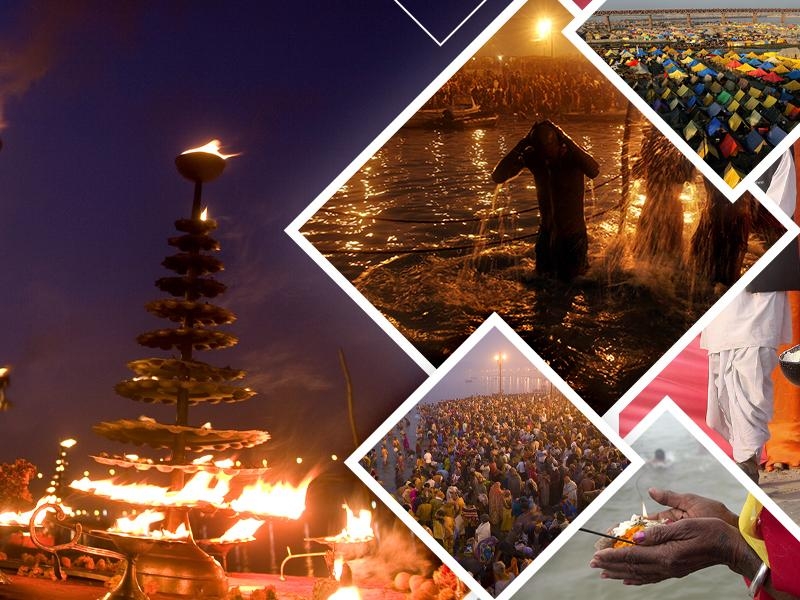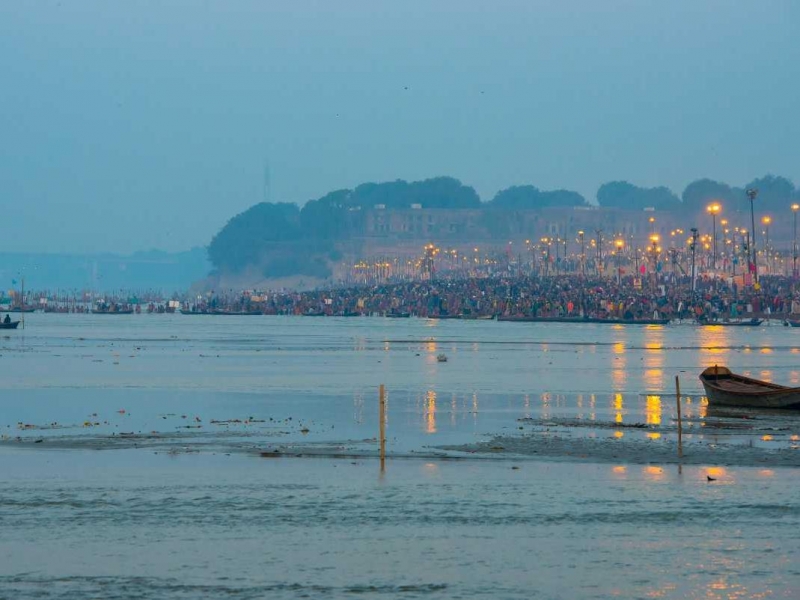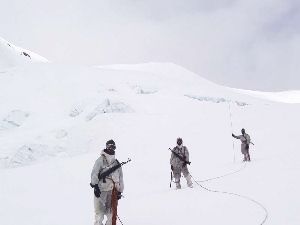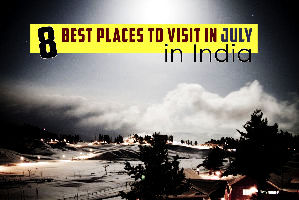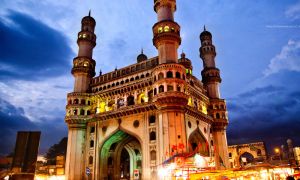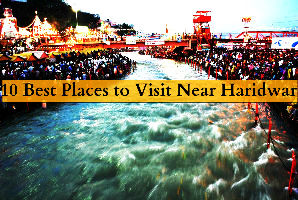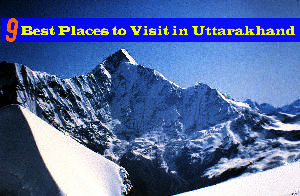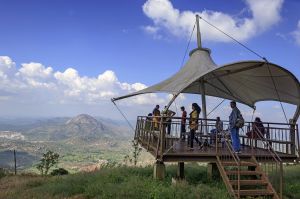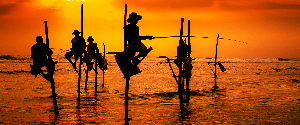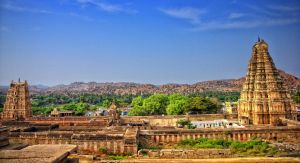
About million of years ago, Persian Gulf was considered one of the largest water body incorporating a large area of the Arabian Peninsula in south and Iran in the west. With the ever increasing temperature of the world and the results of global warming led to the evaporation of water and the shores of the sea retreated, a vast quantity of salt was left behind. As the rainwater washed away the major quantity of sediments, mud and stones from the mountains and got accumulated heavily on the chunks of salt.
1. How the salt domes have been formed in Iran?
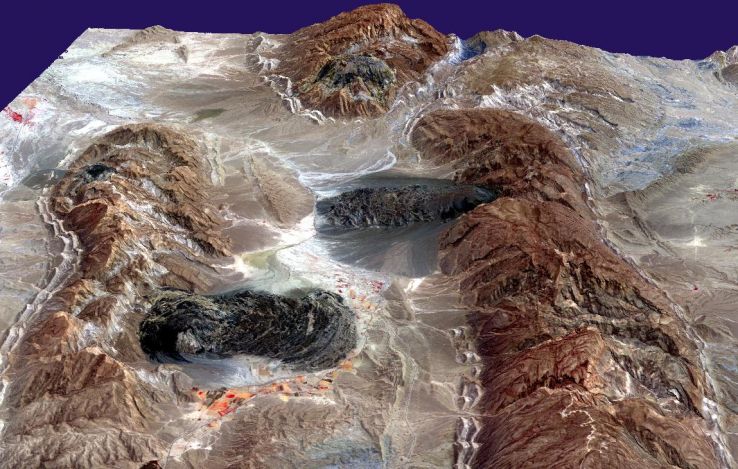
Due to washing down of the sediments from the mountains due to various reasons, salt starts behaving like fluid and thus shows abnormal behaviour. And this phenomenon of salt acting like a fluid is termed as salt tectonics. The weight of many layers of sediments pushing down the salt causes to rose the layer of salt on the overlying rocks. And within the cracks and crevices of the rocks when a weak spot is found, the salt layer seeps out and forms a heap like structure or dome also known as Diapir. These Diapir when take a horizontal shape by spreading evenly forms a salt glacier.
2. Where do we find salt glaciers?
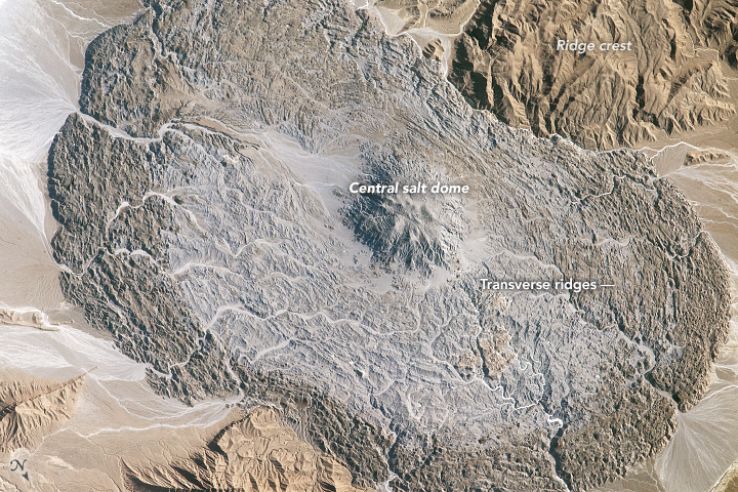
These salt formations can be found in south, south west, central areas of Iran. but if you are looking for the best of the glaciers view you can probably visit Zagros mountain that is found on the Persian gulf. Do you know how Zagros mountain was formed?
The Zagros mountain was formed when the Arabian plate collided with the Eurasian plate leaving loads of ridges and faults.
3. What is so unique about these salt glaciers?
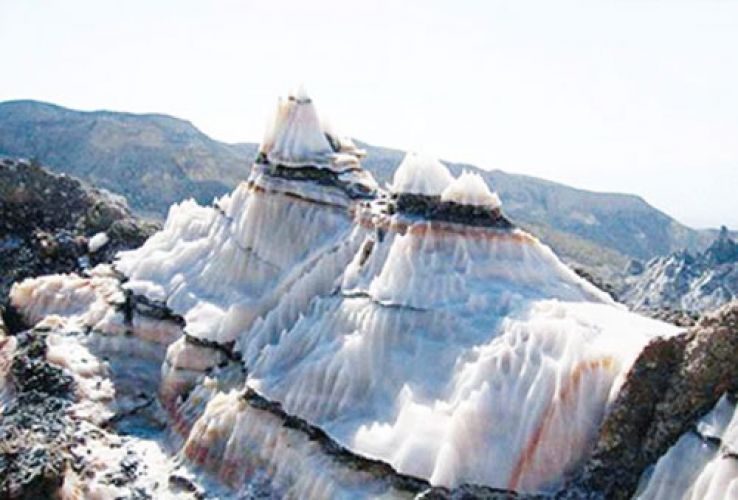
No where in the world you would find such a massive accumulation of the salt dome as you can in Iran. the site is not yet under the UNESCO world heritage but soon would possibly get a place for itself. The Zagros mountain alone has more than 120 of these salty structures and some of these salt domes are so large that they have even formed caves the largest one being 6.4 kms in Namakdan mountain. However due to the exploration of the rocks these caves might be at risk and on the verge of loss. Let us hope to preserve our nature a bit more.
Recommended For You
-
 Best Places to Stay During Kumbh 2025: From Tents to Luxury Hotels
Best Places to Stay During Kumbh 2025: From Tents to Luxury Hotels
-
 The Ultimate Guide to Maha Kumbh Mela 2025 at Prayagraj
The Ultimate Guide to Maha Kumbh Mela 2025 at Prayagraj
-
 Understanding the Importance of the Sangam: The Confluence of Faith
Understanding the Importance of the Sangam: The Confluence of Faith
-
 The History and Mythology of Kumbh Mela: A Journey Through Time
The History and Mythology of Kumbh Mela: A Journey Through Time
-
 Best Places to Eat in Goa: Indulge in a Culinary Delight
Best Places to Eat in Goa: Indulge in a Culinary Delight
-
 The Future of Drone Tourism: How Drones are Changing the Travel Industry
The Future of Drone Tourism: How Drones are Changing the Travel Industry
